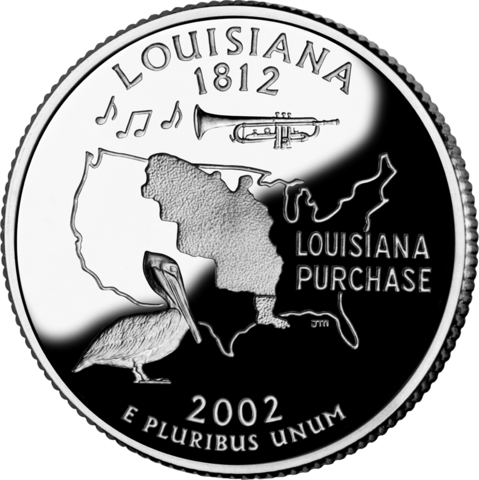The New York Times recently obtained a copy of private equity limited partnership agreement that demonstrated how opaque the world of private equity is.
The agreement in question was for the Carlyle V fund – a fund that, as Pension360 covered, many public pension funds have invested in.
One such fund is the Teacher’s Retirement System of Louisiana, and it is now defending its private equity investments in light of the New York Times’ story. From the Baton Rouge Business Report:
The Teachers Retirement System of Louisiana…is responding to questions raised by a recent article in The New York Times about one of the private equity funds in which TRSL has invested.
The investigative report, published Sunday, details a “code of secrecy” it says exists between many large private equity funds and the state pension systems that invest in them. According to the story, pension systems are often hit with fees and the tab for hefty legal settlements incurred by the funds, without the knowledge of system members.
The story cites TRSL’s investment in the Carlyle V fund as one such example. It points to provisions in TRSL’s contract with Carlyle V that protects the fund’s partners from certain liabilities that investors—TRSL members—could ultimately have to pay.
TRSL defends its investment in Carlyle V, saying TRSL managers evaluate all investment opportunities and recommend investment only in funds with the best track records, terms and risk/return profiles.
“For the past 10 years, private equity investments have been TRSL’s highest performing asset class,” says Philip Griffith, TRSL chief investment officer. “Carlyle has been one of the system’s better-performing private equity funds.”
Griffith notes that TRSL’s total investment return in FY 2013 was 19.9%, the second-highest in the nation.
“Private equity returns were key to achieving this distinction,” he says.
State Treasurer John Kennedy, who sits on the TRSL board, declines to comment.
TRS Louisiana manages $17.5 billion in assets.
To read a copy of the Carlyle V agreement, click here.

